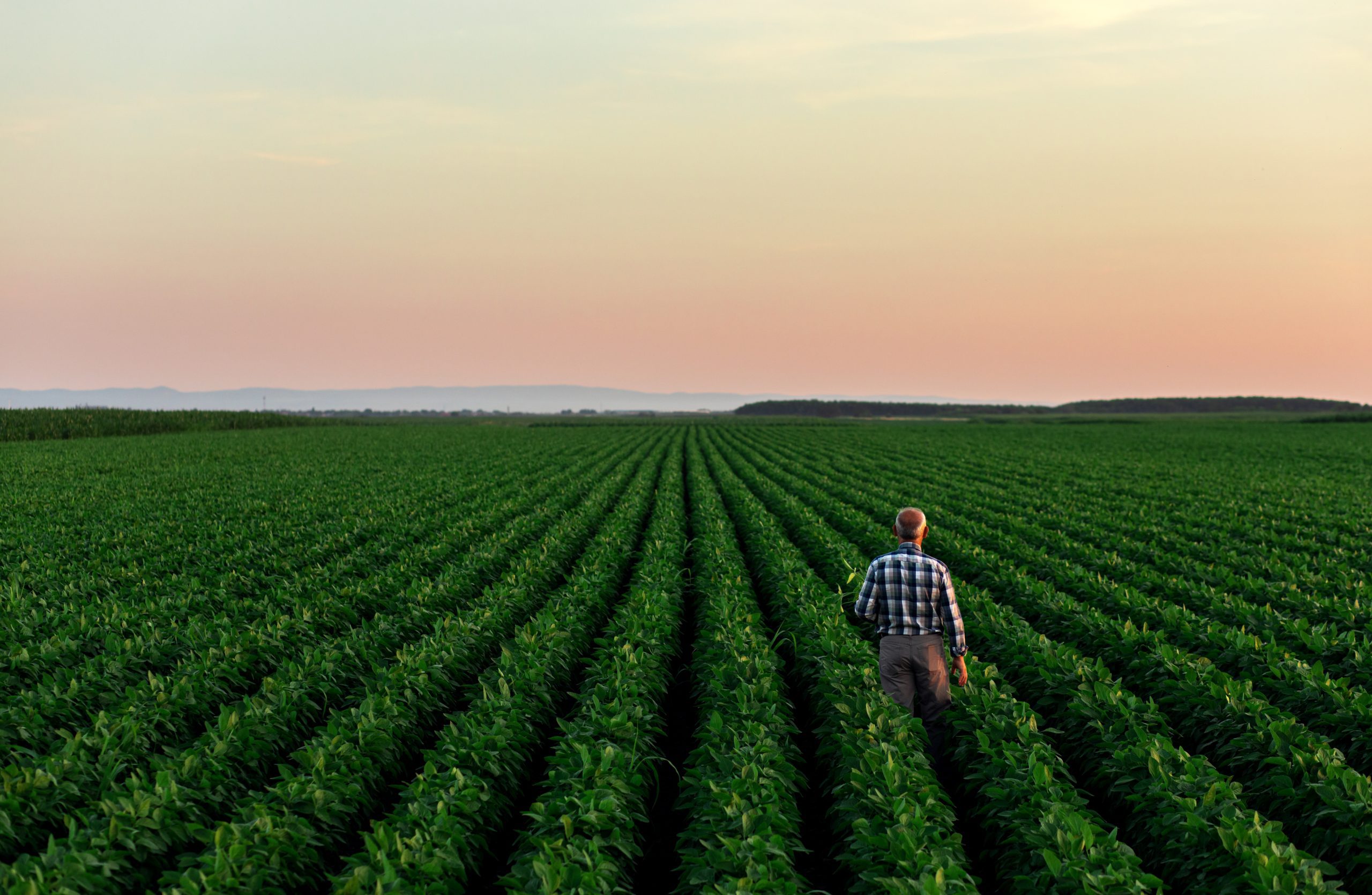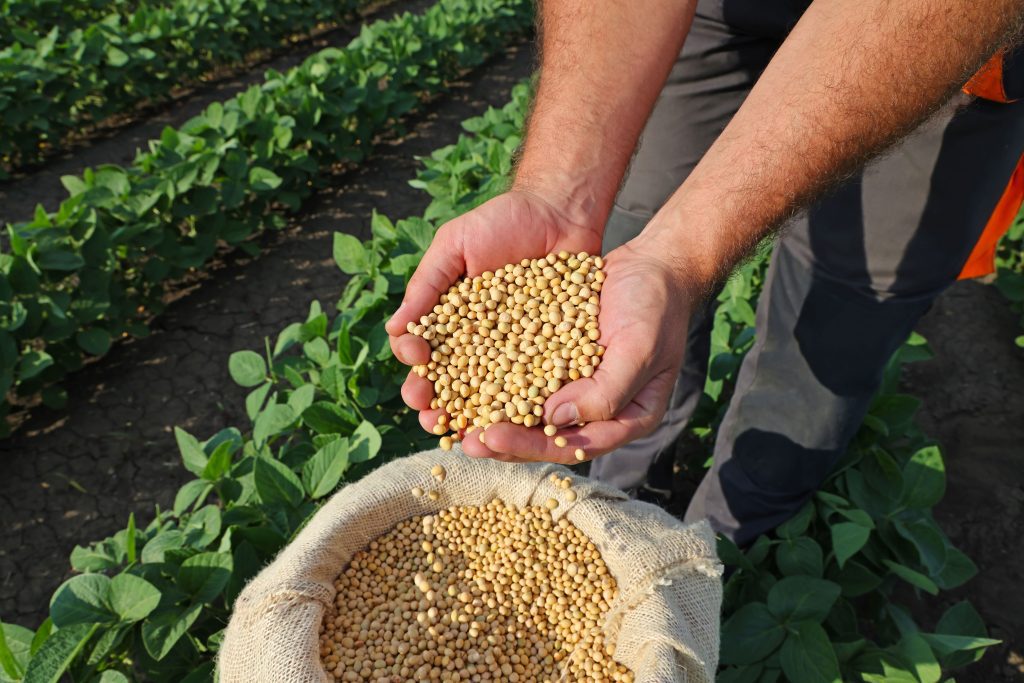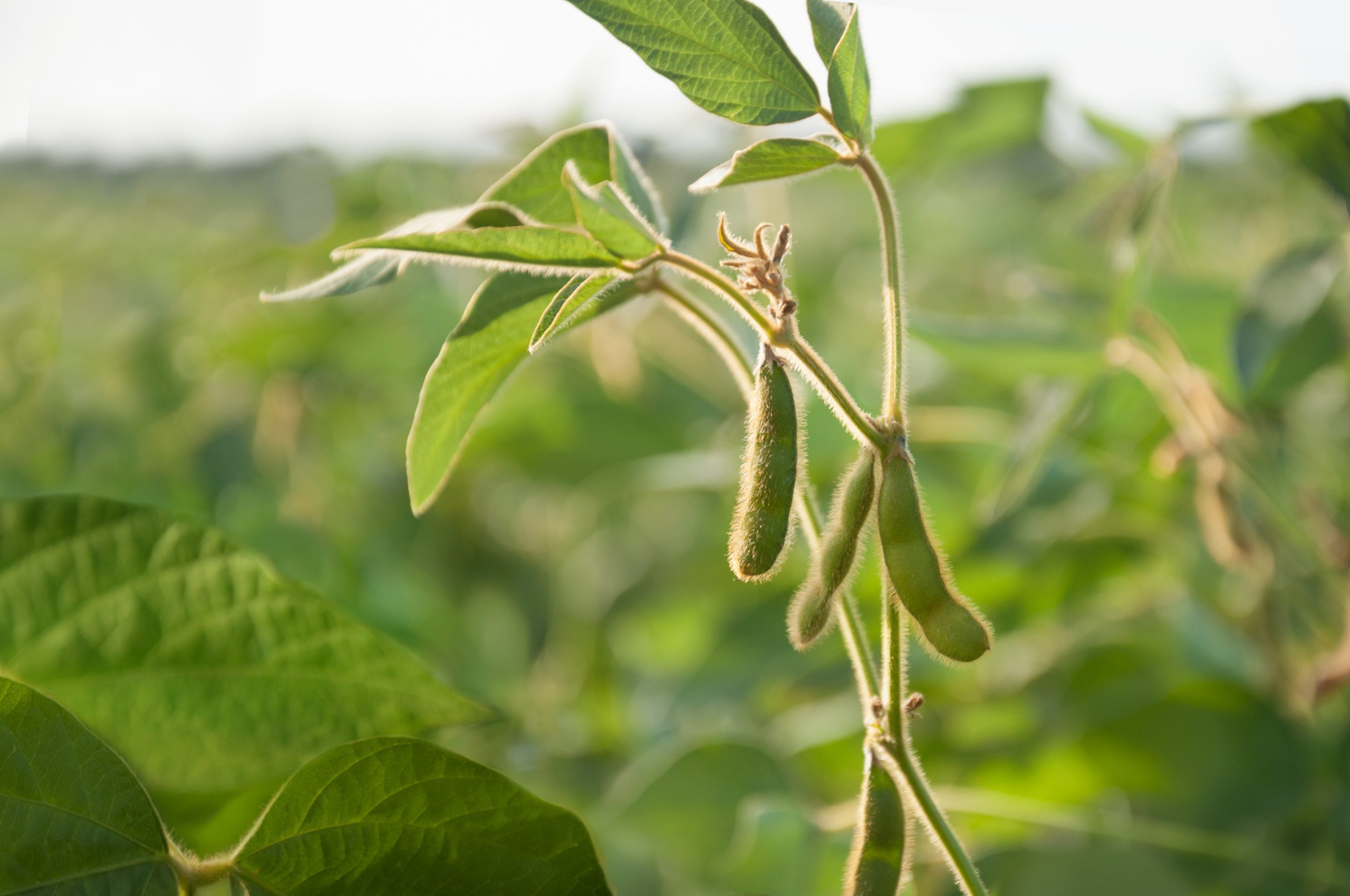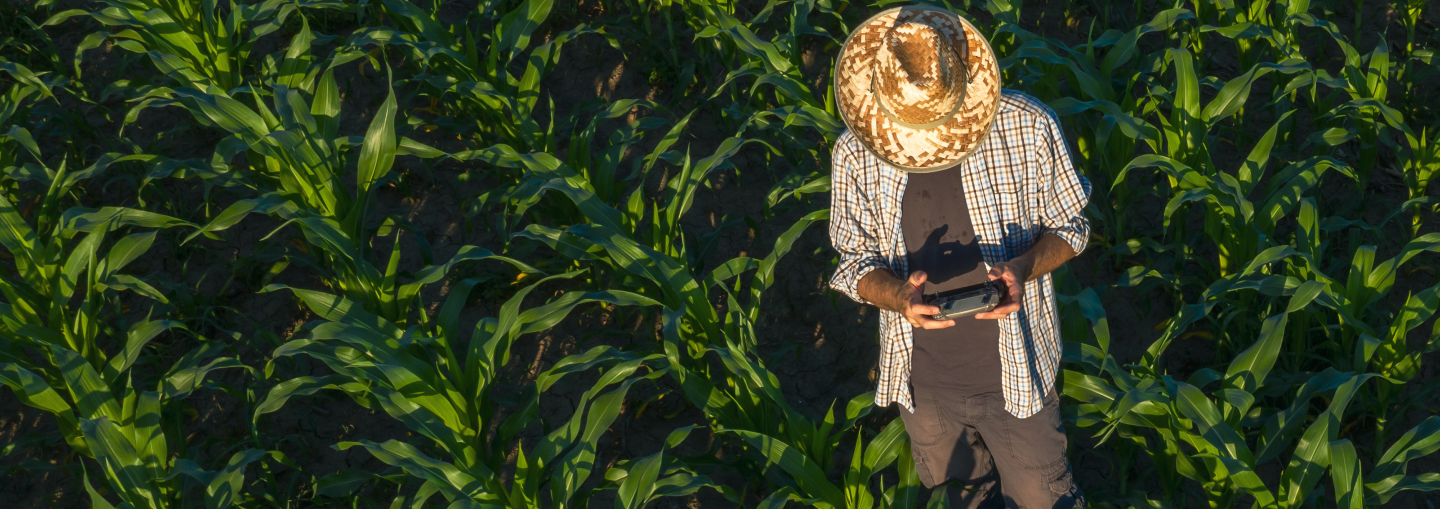The Changing Incentives of Soy Certification

The Changing Incentives of Soy Certification
Since the early 2000s, certifications highlighting the responsible and sustainable production of soy have become increasingly popular.
Several factors have influenced how soy is commercialised in accordance with these certifications. Initially seen as a purely financial arrangement, the incentives to become certified have diversified and become less tangible. This article will discuss these evolving incentives and the longer-term sustainability perspective that many soy producers are now adopting.
The Financial Approach to Responsible Soy Production
In 2006, the Round Table on Responsible Soy Association (RTRS) was established to implement a certification standard for the global soy industry. At this time, many producers adopted the ‘book and claim’ approach to commercialise their products. This model gives producers one credit for every tonne of sustainable soy they produce, which they sell to traders.
From 2010 to 2015, increased demand for products caused soybean prices to skyrocket. The daily soybean peaked at $650 per tonne[1] in mid-2012, allowing producers to receive $3-5 per credit during this highly prosperous time for the industry. However, this price gradually decreased over time, slumping to just $365 per tonne by early 2016. Consequently, the price of credits decreased, making it increasingly difficult for producers to commercialise their products using the credit system, and diminishing the financial incentive for certification.

Benefits of Soy Certification Beyond Financial Gain
Though the price of credits increased a couple of years ago, it has yet to stabilize. While financial gains from these mechanisms are important, farmers can also pursue other, less tangible benefits. These include better team organization and workflows, increased team motivation, improved security and safety at work, more sustainable practices, among others.
Access to Premium Markets and Pricing
Consumer demand for increased traceability of products and sustainable practices continues to rise. Far from being just a hypothetical scenario, customers are putting their money where their mouths are by changing their spending habits to align with this value shift. According to one recent study [2], ‘30% of consumers stopped purchasing certain brands or products because of ethical or sustainability-related concerns, and 26% of consumers are even willing to pay a premium for sustainability.
This trend is reflected in the prices producers can command, with the price for products that adhere to a Voluntary Sustainability Standard (VSS) delivering a price increase of anywhere from 1% to 64% compared to soybeans that are not certified [3]. For these reasons, many producers are now looking beyond the immediate income they receive from being certified and selling credits to the longer-term vision of being part of a more sustainable supply chain that can command a higher price for its output based on consumer demand.
Increased Long-Term Production
To reach a certified standard, soy producers must comply with various indicators highlighting responsible production. For example, certificate holders must take steps to minimise and mitigate any negative environmental impacts to achieve the Round Table on Responsible Soy (RTRS) Standard for Responsible Soy Production. One requirement is that “soil quality is maintained or improved, and erosion is avoided by good management practices [4].”
By implementing these practices, producers not only meet the standard’s obligations and benefit from certification, but also potentially improve soybean production in the long run. Enhancing soil organic matter can help producers break pest cycles, enter the field sooner after rainfall, and endure less plant stress during drier months [5].
The RTRS’s standards
The RTRS – an international and market-orientated organisation – has developed schemes which contain a set of principles, criteria and indicators. These are related to the plantation and control of certified soya / corn and its by-products and are applicable globally to promote responsible soya / corn. Promotion of the organisation is achieved through the commitment of those involved in its soya / corn production, processing and trade.
More information about the RTRS’s standards
Regulatory Compliance
By the end of 2024, soy producers worldwide, along with those of other commodities, will be expected to comply with the EU Deforestation Regulation (EUDR 2023/1115). This regulation aims to reduce the EU’s impact on global deforestation and forest degradation. Operators and traders who want to place commodities on the EU market must be able to prove that their products did not originate from land that was converted after 31 December 2020.
With a valid certification from a Certification body, soy producers can already demonstrate many of the sustainable practices required to comply with the new regulation. For example, RTRS certification has a No Conversion cutoff date, which is stricter than the requirements outlined in the EUDR. Since June 2, 2016, RTRS-certified farmers have not been able to convert “any natural land, steep slopes [or] areas designated by law to serve the purpose of native conservation and/or cultural and social protection.” Other certifications and verification schemes have similar cutoff dates which are stricter than EUDR, and compliance with legislation is also comprehensively audited.
Conclusion
While short-term financial incentives for certifying soy production are still widely utilised, especially by producers with lower volumes, it is encouraging to see more producers opting for certification due to the longer-term benefits.
At Control Union, our decades of experience and global presence make us well-positioned to support farmers in verifying their responsible soy production claims against RTRS and other standards. By leveraging our expertise, farmers can ensure their practices meet the stringent requirements of these certifications, thereby enhancing their marketability and reputation.
Additionally, our ability to conduct comprehensive chain of custody audits for traders further strengthens the integrity and traceability of certified soy products throughout the supply chain. Learn more about our certification services and how we can help you foster sustainable growth and increased market access in the global soy industry.
References:
[1] ‘Soybean Prices – 45 Year Historical Chart’, macrotrends.net
[2] ‘The Sustainable Consumer 2023, Deloitte UK
[3] ‘Global Market Report: Soybean prices and sustainability’, Vivek Voora, Steffany Bermudez, Han Le, Cristina Larrea, and Erika Luna, February 2024
[4] RTRS Standard for Responsible Soy Production Version 3.1, July 2021
[5] ‘Soil Health Has Its Benefits’, United Soybean Board, September 2019 (www.unitedsoybean.org)

How can we help you?
Are you looking for a certain service, do you have any questions or do you want to apply for the certification program? Let us know. We’re glad to be of help.
